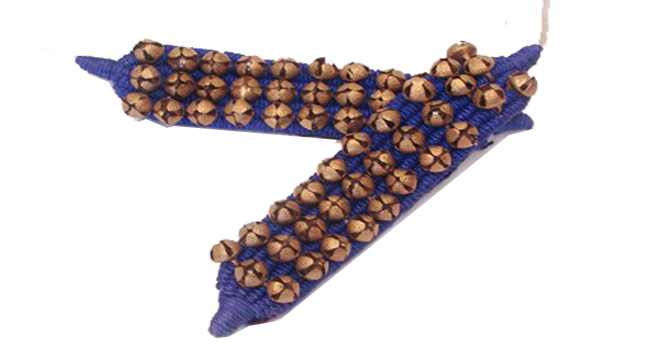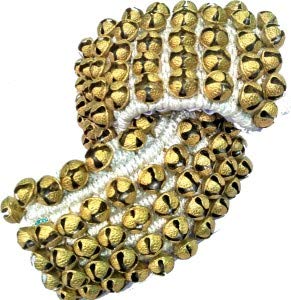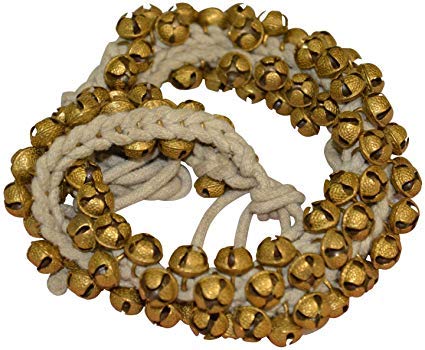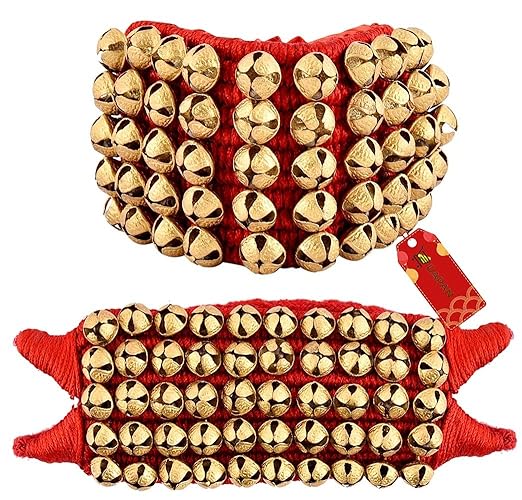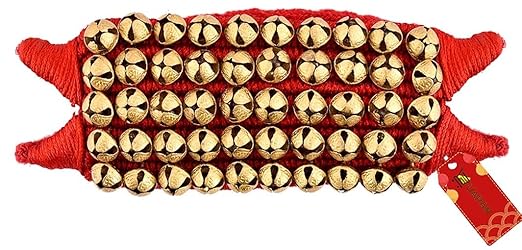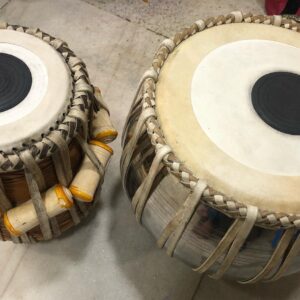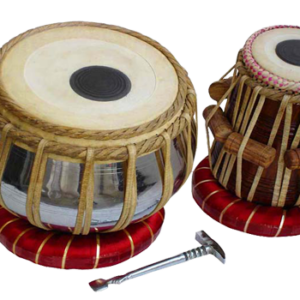Description
Ghungroo (Kathyak/ Bharatnatyam)
Special Features:
Nice padded/ rope with sound & quality.
Delivery Time: 7-10 Working Days after Successful Payment.
For More information SMS 4400 Name Email Country and Send to +919830066661
N.B: All prices are inclusive of Shipping (International Air Mode)/ Packing/ Tax/ Insurance. No hidden cost. Read our Terms & Conditions, Privacy Policy and Shipping Policy.
In The Box: Ghungroo (Kathyak/ Bharatnatyam)
History (Wikipedia):
From where we get Ghungroo (Kathyak/ Bharatnatyam)- Small history below:
Our knowledge about the Ghungroo (Kathyak/ Bharatnatyam) is from Wikipedia. As per Wikipedia, we shared this small history to let our customers know about the Ghungroo history. A ghungroo (Hindi: घुँघरू, Urdu: گھنگرو), also known as ghunghroo or ghunghru or ghungur (in Assamese and Bengali) or ghungura (in Odia) or Chilanka or Salangai or Gejje (in Malayalam, Tamil and Kannada respectively), consists of many small metallic bells strung together to form ghungroos, which are a musical anklet that classical Indian dancers tie to their feet.
Furthermore, the sounds that ghungroos produce vary greatly in pitch depending on their metallic composition and size. In addition, ghungroos accentuate the rhythmic aspects of the dance and allow the audience to hear complex footwork. Specifically, dancers wear them immediately above the ankle, resting on the lateral malleolus and medial malleolus. Moreover, a string of ghungroos can range from 50 to greater than 200 bells knotted together. For instance, novice children dancers may start with 50 and slowly add more as they grow older and advance in their technical ability. Consequently, dancers wear ghungroos in traditional performances of classical Indian dance forms such as Bharatnatyam, Kathak, Kuchipudi, Mohiniyattam, Lavani, and Odissi
Folk-dancers in Nepal also use the anklet or rhythmic instrument (talbaja); in fact, they call it the chap (चाँप). Specifically, its Nepalese form consists of 9 to 27 small “curling” bronze bells, which they sew onto a cloth about 23 cm long x 7.5 cm wide. Moreover, this cloth is tied around the ankle as ornaments. Furthermore, the Nepalese may choose different chaps according to the lyrics of the song, selecting ones with smaller or larger arrangements of bells. Interestingly, they call the bells Ghunguru (घुँघुरा). This provides a basic history of the Ghungroo.
